 Miles Davis was born on May 26, 1926 in Alton, Illinois. Mr. Davis was and remains one of the most important and influential figures in music. He was a trumpet player, bandleader, and composer. I saw him perform twice, once in a huge stadium, the second time from the third row in a small theater. Some concert experiences change the viewer/listener. Miles Davis sure changed me. In his honor and in reverent reference to his Sketches of Spain, I give you the post I wrote after we visited the Mezquita in Córdoba. – Jadi
Miles Davis was born on May 26, 1926 in Alton, Illinois. Mr. Davis was and remains one of the most important and influential figures in music. He was a trumpet player, bandleader, and composer. I saw him perform twice, once in a huge stadium, the second time from the third row in a small theater. Some concert experiences change the viewer/listener. Miles Davis sure changed me. In his honor and in reverent reference to his Sketches of Spain, I give you the post I wrote after we visited the Mezquita in Córdoba. – Jadi


We began our trip to southern Spain in Granada. When I stood inside Granada’s Cathedral, I suddenly – and very vividly – remembered what and how I’d seen it 40 years earlier. At the Alhambra, my memories were blurry remembrances of running water.
A few days later in Córdoba, I had a further experience with spatial imprinting. We spent a half day in the Mezquita, a UNESCO World Heritage site.


The Mezquita was first built in the mid-6th century as a Visogoth church, built up in the 780s as The Great Mosque of Córdoba, and finally re-dedicated as the Cathedral of Our Lady of the Assumption (Catedral de Nuestra Señora de la Asunción) in 1236. The Mezquita’s altar incorporates and blends Catholic iconography and design into the original Moorish structure.


The early Muslim prayer hall is filled with rows of arches in colored bands of stone. They seem to stretch into Eternity.
 This hypostyle hall (meaning that the roof rests on pillars) contains a grand 856 columns of finest jasper, marble, onyx and granite. These columns are topped with the arches, which are futher topped with more arches.
This hypostyle hall (meaning that the roof rests on pillars) contains a grand 856 columns of finest jasper, marble, onyx and granite. These columns are topped with the arches, which are futher topped with more arches.

If Granada’s Cathedral is all soaring heights, the Mezquita in Córdoba is an endless repetition of forms. Gaze in any direction and turn your body in a slow circle. The repeating arches always bring the viewer back to the beginning again.

The repeating patterns are beautiful. They’re haunting, too; it’s no accident that what I recall best from my first trip to Andalusia are deeply buried memories of graceful forms in plaster, stone and tiles.


 What would I say if you were to ask me to select one thing I remember most after my first visit to the Mezquita as a teenager, all those years ago? I’d say: A sense of wonder.
What would I say if you were to ask me to select one thing I remember most after my first visit to the Mezquita as a teenager, all those years ago? I’d say: A sense of wonder.

Islamic architects and artists are masters of geometric decoration. Their patterns’ deeper purpose is to bring visitors and viewers to a sense of another, underlying reality. Maybe it’s just the beauty in the world. Perhaps it’s the presence of God. I’m perfectly fine with either explanation.


I rediscovered the whimsical and the wondrous as I gazed at repeating, interlocking, intertwined squares, circles, triangles, flowers, tessellations and stars.


 Artwork both secular and sacred is woven into every stroke of calligraphy that embellishes gorgeous walls and doorways and niches at both the Alhambra and in Córdoba. The effect is one of standing in a house of mirrors or an echo chamber with lights and patterns extending on and out into Forever.
Artwork both secular and sacred is woven into every stroke of calligraphy that embellishes gorgeous walls and doorways and niches at both the Alhambra and in Córdoba. The effect is one of standing in a house of mirrors or an echo chamber with lights and patterns extending on and out into Forever.
 No single detail stayed. Just… a fleeting glimpse of the Divine.
No single detail stayed. Just… a fleeting glimpse of the Divine.



In memory of Miles Davis, May 26, 1926 – September 28, 1991. And how could I highlight this post in any color other than Kind of Blue?
NOTES: Sacred Geometry; Crystalinks; Islamic geometric patterns. © Jadi Campbell 2017. Previously published as Andalusia Memories 3: Cordoba and the Arches of Infinity All photos © Uwe Hartmann. Uwe’s photography may be viewed at viewpics.de. Go to my earlier posts to read more about our visit to Andalusia.
My books are Broken In: A Novel in Stories, Tsunami Cowboys, The Trail Back Out and Grounded.
Click here for my author page to learn more about me and purchase my books.







 I couldn’t resist the piles of beautifully plaited and stamped breads,
I couldn’t resist the piles of beautifully plaited and stamped breads,
 as well as the stacks of sesame and bean paste desserts…
as well as the stacks of sesame and bean paste desserts…





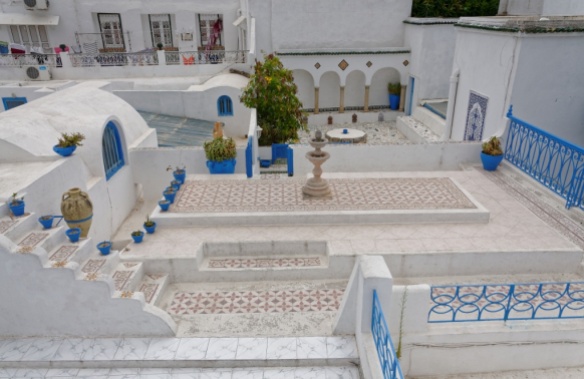
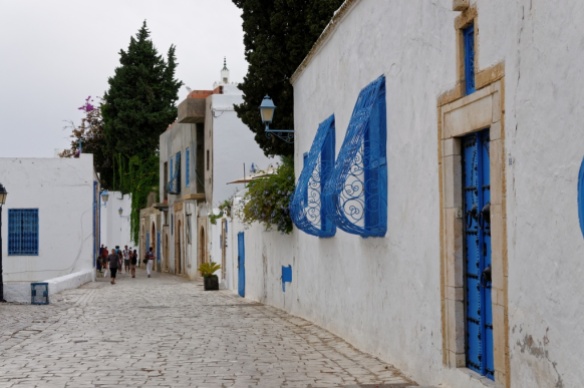
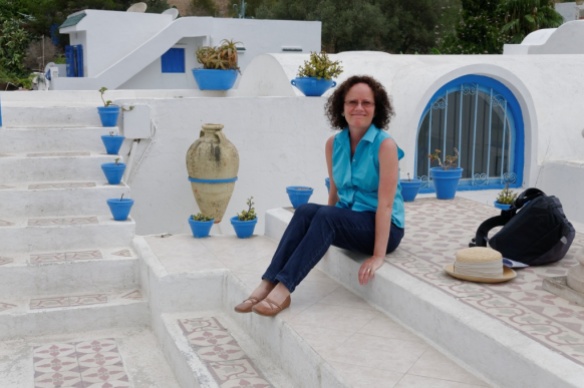



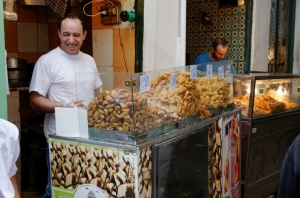
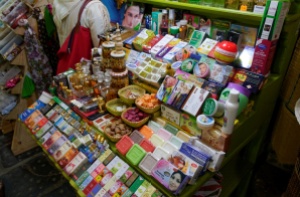


 Author and journalist Mark Kurlansky was born December 7, 1948 in Hartford, Connecticut. He has written about oysters, cod, salt, salmon, milk and paper – among other topics. His writing is engaging and informative. I have copies of Cod: A Biography of the Fish That Changed the World (an international bestseller translated into more than 15 languages) and Salt: A World History. His book
Author and journalist Mark Kurlansky was born December 7, 1948 in Hartford, Connecticut. He has written about oysters, cod, salt, salmon, milk and paper – among other topics. His writing is engaging and informative. I have copies of Cod: A Biography of the Fish That Changed the World (an international bestseller translated into more than 15 languages) and Salt: A World History. His book 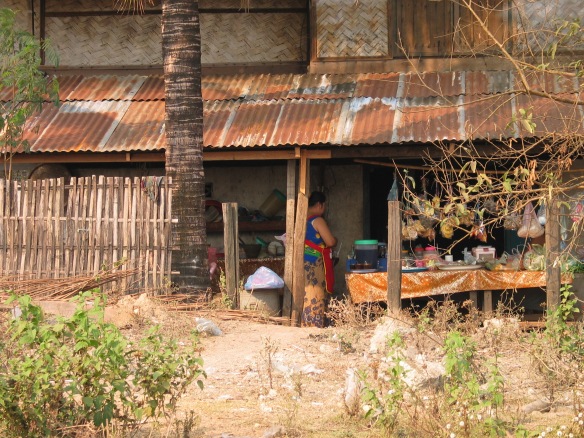




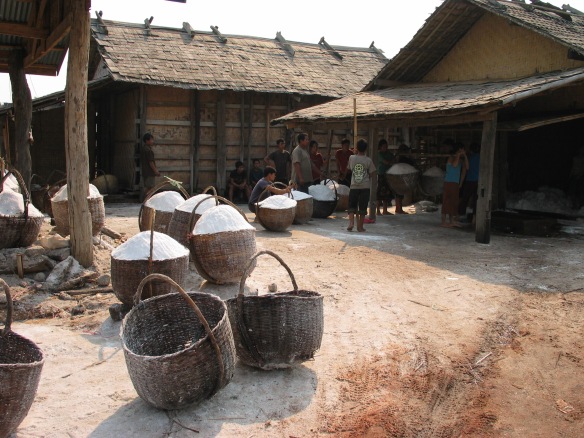
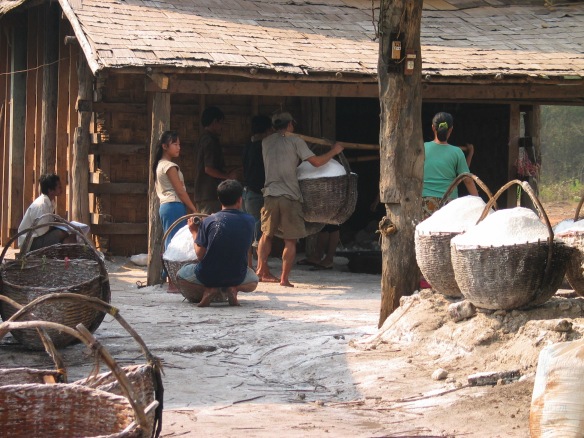





 My blog thread about names for animal families that I began in honor of my dad Bobbo 3 years ago
My blog thread about names for animal families that I began in honor of my dad Bobbo 3 years ago 


 We tried to see some of the incredible nature, too. My personal highlight was Sarawak on Borneo. We went to the UNESCO global geopark on Langkawi Island and took a bus inland to the tea country of the Cameron Highlands.
We tried to see some of the incredible nature, too. My personal highlight was Sarawak on Borneo. We went to the UNESCO global geopark on Langkawi Island and took a bus inland to the tea country of the Cameron Highlands.



 We explored many of them and I was delighted and calmed by the sweet atmosphere in these roads. The world feels more and more divided. But the Malaysians we talked with are proud of the religious tolerance and multicultural blend that makes up their country.
We explored many of them and I was delighted and calmed by the sweet atmosphere in these roads. The world feels more and more divided. But the Malaysians we talked with are proud of the religious tolerance and multicultural blend that makes up their country.


 And that’s a concept I’ll gladly raise a glass of wine to….
And that’s a concept I’ll gladly raise a glass of wine to…. NOTES: © Jadi Campbell 2019. All photos © Uwe Hartmann. To see more of Uwe’s pics from Malaysia and our trips go to
NOTES: © Jadi Campbell 2019. All photos © Uwe Hartmann. To see more of Uwe’s pics from Malaysia and our trips go to  While I’m posting about China and Xi’an, I want to mention the yummy traditional foods. I’ll keep this post brief, and allow Uwe’s photos from our visit to do the talking. Besides, my mouth keeps watering just looking at them.
While I’m posting about China and Xi’an, I want to mention the yummy traditional foods. I’ll keep this post brief, and allow Uwe’s photos from our visit to do the talking. Besides, my mouth keeps watering just looking at them.

 I couldn’t resist the piles of beautifully plaited and stamped breads,
I couldn’t resist the piles of beautifully plaited and stamped breads, as well as the stacks of sesame and bean paste desserts…
as well as the stacks of sesame and bean paste desserts…


 This hypostyle hall (meaning that the roof rests on pillars) contains a grand 856 columns of finest jasper, marble, onyx and granite. These columns are topped with the arches, which are futher topped with more arches.
This hypostyle hall (meaning that the roof rests on pillars) contains a grand 856 columns of finest jasper, marble, onyx and granite. These columns are topped with the arches, which are futher topped with more arches.


 What would I say if you were to ask me to select one thing I remember most after my first visit to the Mezquita as a teenager, all those years ago? I’d say: A sense of wonder.
What would I say if you were to ask me to select one thing I remember most after my first visit to the Mezquita as a teenager, all those years ago? I’d say: A sense of wonder.


 Artwork both secular and sacred is woven into every stroke of calligraphy that embellishes gorgeous walls and doorways and niches at both the Alhambra and in Córdoba. The effect is one of standing in a house of mirrors or an echo chamber with lights and patterns extending on and out into Forever.
Artwork both secular and sacred is woven into every stroke of calligraphy that embellishes gorgeous walls and doorways and niches at both the Alhambra and in Córdoba. The effect is one of standing in a house of mirrors or an echo chamber with lights and patterns extending on and out into Forever. No single detail stayed. Just… a fleeting glimpse of the Divine.
No single detail stayed. Just… a fleeting glimpse of the Divine.